Five ways the office is evolving for the future
Technology isn't the only factor driving our changing office spaces
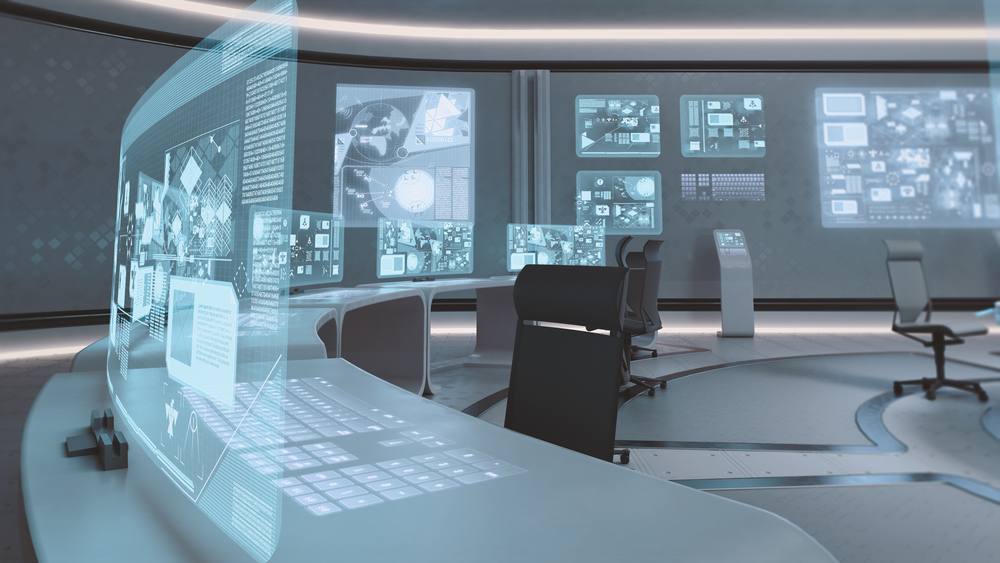
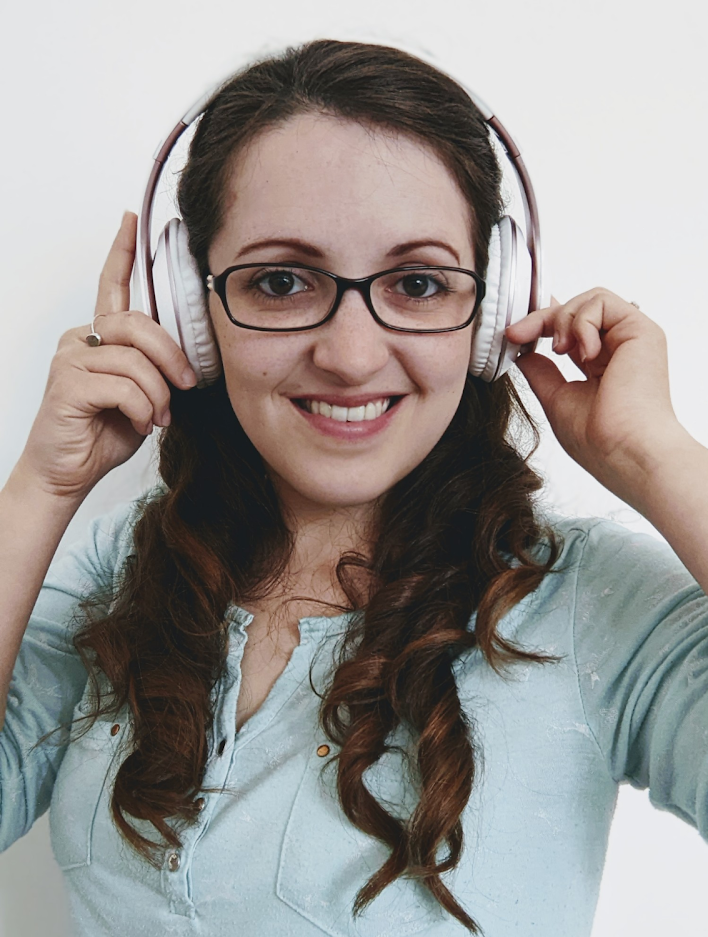
The office as we know it is evolving constantly. It has moved from ranked desks to the cubicle farms of the '80s and back to more informal, open-plan spaces. Every change has been matched by ongoing developments in technology, as pen and paper gave way to the typewriter and the typewriter to personal computers.
But the office of the future is more than just the physical space and the technology within it. It encompasses the whole workplace transformation, from changes in the way employees work with innovations like AI and the Internet of Things, to new management practices. So how is the office changing today, and where is it headed tomorrow?
The office space
The evolution of the office space over the last 100 years is comparable to the evolution of man over 100 million years; it's almost unrecognisable. Offices have progressed from wall-to-wall desks to divided workspaces to a labyrinth of cubicles. Over the last decade or so, the office has moved another step by removing walls to create open-plan arrangements.
RELATED RESOURCE
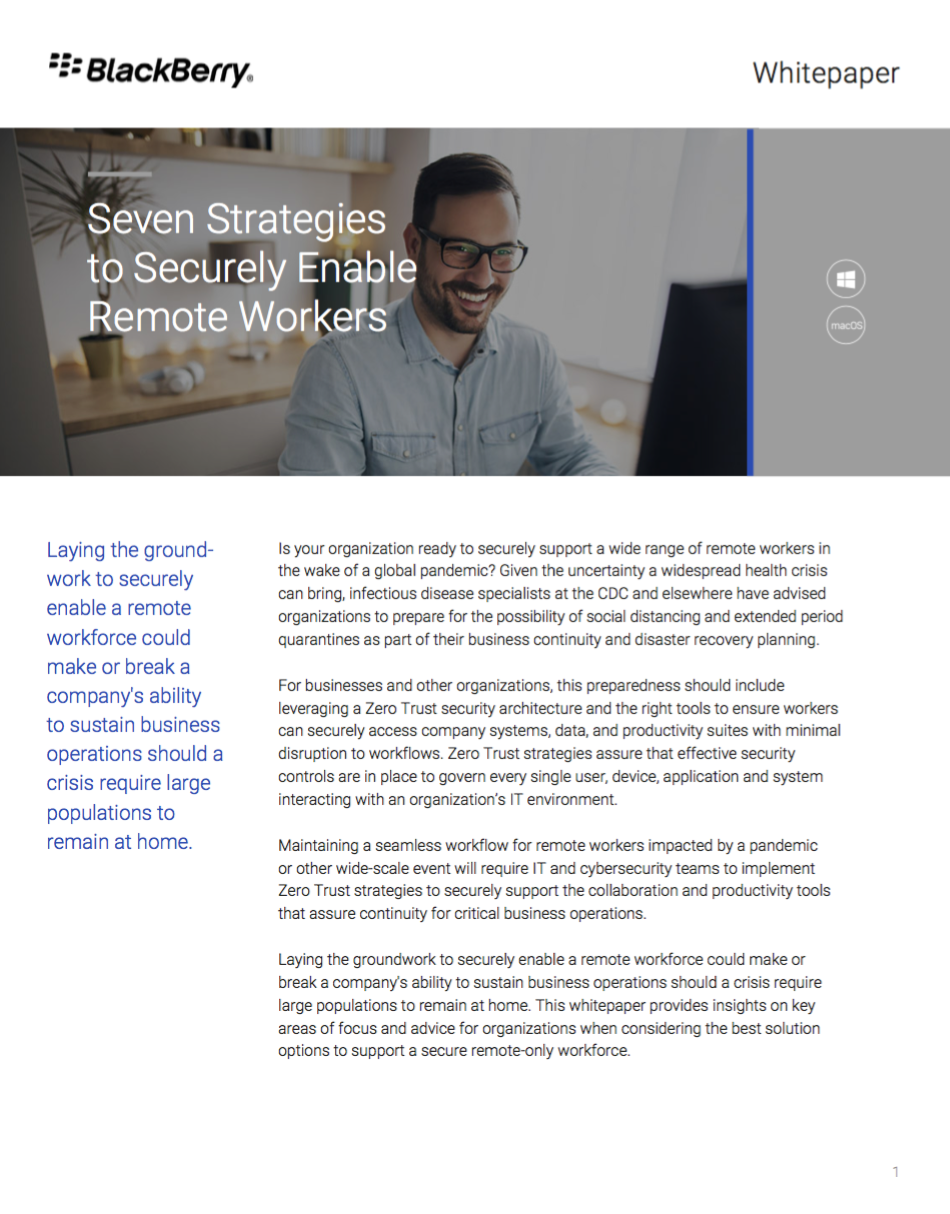
Seven strategies to securely enable remote workers
Sustain business operations during a crisis by following these strategies
This trend has risen to promote collaboration within and between teams, creating an agile working environment that is supported by hotdesking. This is an organisational system wherein desks and workstations are first come, first served with no assigned places. The office space may be divided into zones - finance zone, editing zone, and so on - whereby team-members circulate their positions, or alternatively the entire office space can be opened up, with interns able to cleverly position themselves beside the CEO (or beside one another on quiet days).
Desks themselves are also changing to accommodate modern needs: up for adoption are bar-styled desks, mobile desks, standing desks and even ‘superdesks’.
The office of the future will certainly be a smart one. Furniture design will incorporate agile working trends; screens and digital whiteboards will plaster walls and be built into chairs, connecting seamlessly to devices. Not to mention wireless charging ports. The smart office will also harbour IoT sensors to provide data to automated systems that optimise how office resources are used: think heating, lighting, and so on.
Ultimately, the office of the future will be focused on enhancing employee wellbeing. Table football and game rooms aren't the right fit for every corporate culture, but more plants, natural light and green spaces are beneficial for both productivity and happiness.
Get the ITPro daily newsletter
Sign up today and you will receive a free copy of our Future Focus 2025 report - the leading guidance on AI, cybersecurity and other IT challenges as per 700+ senior executives
The sustainability factor
A closer look at how specifically office resources are utilised, and their correlation with employee wellbeing, drags the issue of sustainability under the spotlight.
In the near-future, regulation may force the hand of business leaders to place sustainability as a top business priority. For those companies wishing to stay ahead of the curve, sustainability may already be incorporated into core business strategies, aligning themselves with future laws and producing economic, environmental and social benefits.
Flexible vs agile working What devices do you need for a flexible office?
To pursue sustainability, we can expect a stronger focus on workspace planning. Constructing efficient buildings that are well insulated so they retain heat in the winter, and well ventilated so they cool the office in summer without much need for air-conditioning, reduces both carbon footprints and overheads, particularly in the long-term. Indeed, research conducted by M Moser found that well-planned offices can achieve energy savings of between 20% and 40%.
Companies will also be pursuing sustainability to maintain a productive workforce. Bearing in mind the fluidity of work in the modern-day, the days when all it took to attract and retain employees was a decent pension scheme are long gone. The modern generation demands an open, light and natural environment that gives them the support necessary to flourish and take pride in their role. Employee happiness and productivity will be subsequently enhanced, providing the wider organisation with the stability it needs to drive forward.
Meeting rooms and social spaces
Traditional office spaces can be divided into two types of area in which workers convene. Informal spaces, such as kitchens, cafeterias, or even game-rooms depending on whether or not you work for Facebook, are the locations where departmental silos are broken down, typically allowing for less formal discussion that can be kept off-record. Formal spaces comprise meeting-rooms and boardrooms that are dedicated for more serious discussion, and as such normally have to be booked.
In order to encourage collaboration between teams however, modern office layouts are attempting to blur the lines between these areas, designing spaces labelled ‘informal teamwork’ or 'meeting-spaces'. Think plug-sockets built into tables, screens overlooking booths, and room to manoeuvre and present, all while colleagues are settled in comfy chairs.
In the future expect entire offices to be designed to resemble the co-working spaces springing up in major cities, all with the aim of increasing interaction between colleagues, particularly for those outside of immediate teams, as well as providing stimulating environments that support innovation.
The turn towards remote or home-working brings fresh challenges to the office of the future. As this trend continues, new ways in which colleagues scattered across the country, or indeed the globe, can work closely together will be explored, principally with technology. Large displays, holographics, and virtual reality headsets may be part of the meeting-rooms of the future.
Technology
It's not just the desks and their positioning that changes, but also the technology. Single-purpose devices have seen their functions absorbed by software and services. The contents of the filing cabinet have moved into CRM and HCM software. It could be argued that some of the biggest changes in technology - say the introduction of the network, email and the desktop PC - have enabled shifts in office design. Even the telephone no longer remains a constant fixture.
Similar shifts are happening now as companies move away from desktop PCs to convertibles or laptops, providing employees with communication options, information and productivity tools wherever they are. As companies embrace agile working, the technology falls into place to support their goals.
RELATED RESOURCE
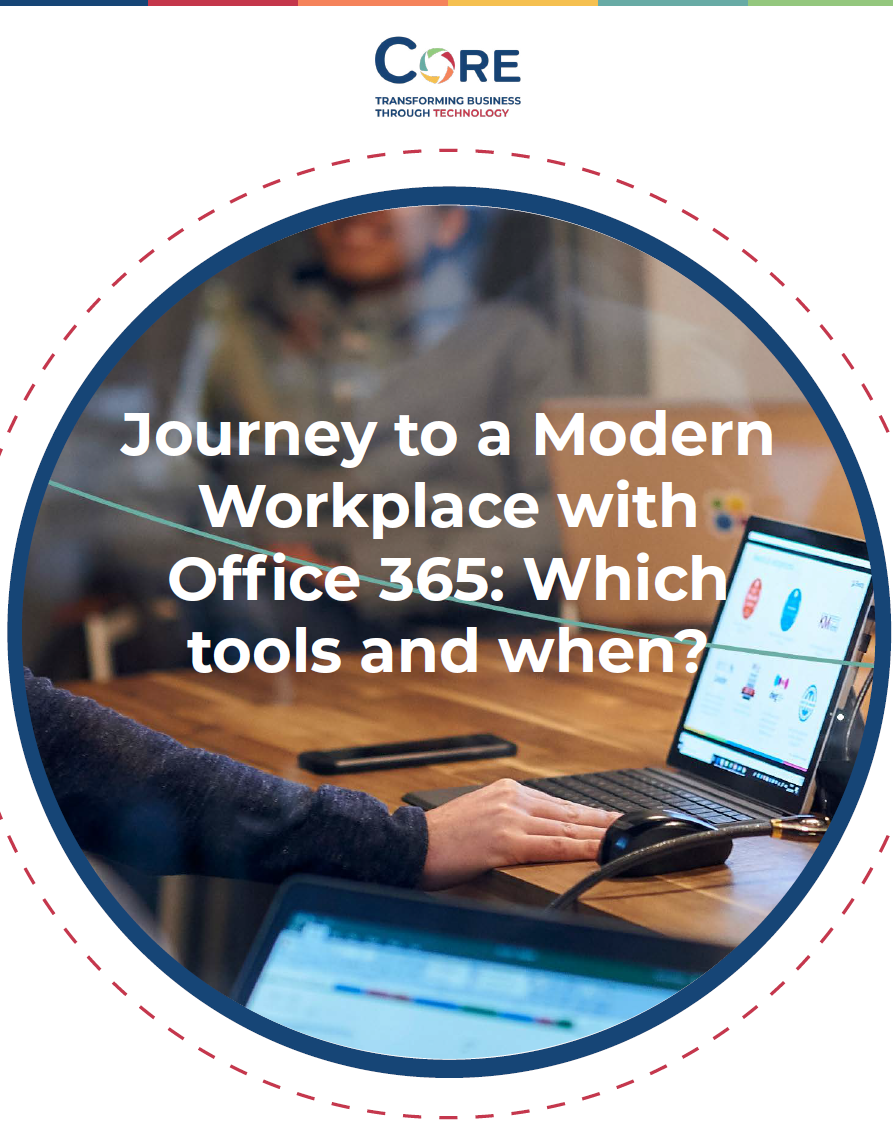
Journey to a modern workplace with Office 365: which tools and when?
A guide to how Office 365 builds a modern workplace
We can also expect further developments in office computing, with more processing power built into the office environment and more services that depend on speech, voice and facial recognition. We'll see workers in every industry using more cognitive or intelligent systems, as well, pulling relevant insight from company data and learning what we need and want to do the job. That's a shift that will certainly require further office reconfigurations - or simply new ways for human workers and their new AI co-workers to interact.
It is also likely the lines between virtual and physical will begin merging in the workplace. Already, virtual reality (VR) and augmented reality (AR) technologies are changing how visualisation, marketing, training, design and other functions are carried out. One study estimates that by 2020, VR will cut costs by half when it comes to corporate training, and 15% of all field service technicians will use AR technology in some form.
Infrastructure and services
The development of the office brought with it massive growth in paperwork and bureaucracy, and the need for infrastructure to support it. The shift to digital technologies and PC during the '80s and '90s transformed the way businesses handled data, with client/server architectures and the network enabling companies to store and share information more effectively.
In recent years that has changed again, with cloud-based services removing the restrictions that tied information to a specific location or device. Information now flows from device to device and place to place, bound only by access rights and security provisions.
The growth of cloud and hybrid cloud services isn't abating anytime soon, with more BI tools and intelligent personal assistants that don't merely find data when we request it, but take a more proactive approach and push relevant information that can help us in our current business tasks. Meanwhile, collaboration services and apps will change how we work together, so that workflows are seamless whether we're in the office, working from home or on the move.
Esther is a freelance media analyst, podcaster, and one-third of Media Voices. She has previously worked as a content marketing lead for Dennis Publishing and the Media Briefing. She writes frequently on topics such as subscriptions and tech developments for industry sites such as Digital Content Next and What’s New in Publishing. She is co-founder of the Publisher Podcast Awards and Publisher Podcast Summit; the first conference and awards dedicated to celebrating and elevating publisher podcasts.
-
 Bigger salaries, more burnout: Is the CISO role in crisis?
Bigger salaries, more burnout: Is the CISO role in crisis?In-depth CISOs are more stressed than ever before – but why is this and what can be done?
By Kate O'Flaherty Published
-
 Cheap cyber crime kits can be bought on the dark web for less than $25
Cheap cyber crime kits can be bought on the dark web for less than $25News Research from NordVPN shows phishing kits are now widely available on the dark web and via messaging apps like Telegram, and are often selling for less than $25.
By Emma Woollacott Published
-
 IT professionals aren’t budging on flexible work demands – and more than half say they’ll quit if employers don’t meet expectations
IT professionals aren’t budging on flexible work demands – and more than half say they’ll quit if employers don’t meet expectationsNews Analysis from Randstad shows 40% of UK-based IT pros have quit over a lack of flexible work options, while 31% of workers globally have done the same.
By Ross Kelly Published
-
 'Digital hide-and-seek': Workers are wasting hundreds of hours a year sourcing the information they need to carry out their role
'Digital hide-and-seek': Workers are wasting hundreds of hours a year sourcing the information they need to carry out their roleNews Knowledge workers globally are wasting a quarter of their working week tracking down information, new research from Atlassian has revealed.
By George Fitzmaurice Published
-
 'The tide seems to be turning towards office attendance': 64% of hybrid business leaders want staff back in the office – but many worry that enforcing RTO mandates will drive employees away
'The tide seems to be turning towards office attendance': 64% of hybrid business leaders want staff back in the office – but many worry that enforcing RTO mandates will drive employees awayAnalysis Many UK business leaders want their staff back in the office more frequently, but they’re scared to implement return to office (RTO) mandates in fear of worker revolts.
By George Fitzmaurice Published
-
 Employees are dead set on flexible working arrangements – three quarters would turn down a role that didn't offer hybrid options as work-life balance becomes more important than pay
Employees are dead set on flexible working arrangements – three quarters would turn down a role that didn't offer hybrid options as work-life balance becomes more important than payNews New research shows workers are increasingly demanding flexible working arrangements from employers.
By Emma Woollacott Published
-
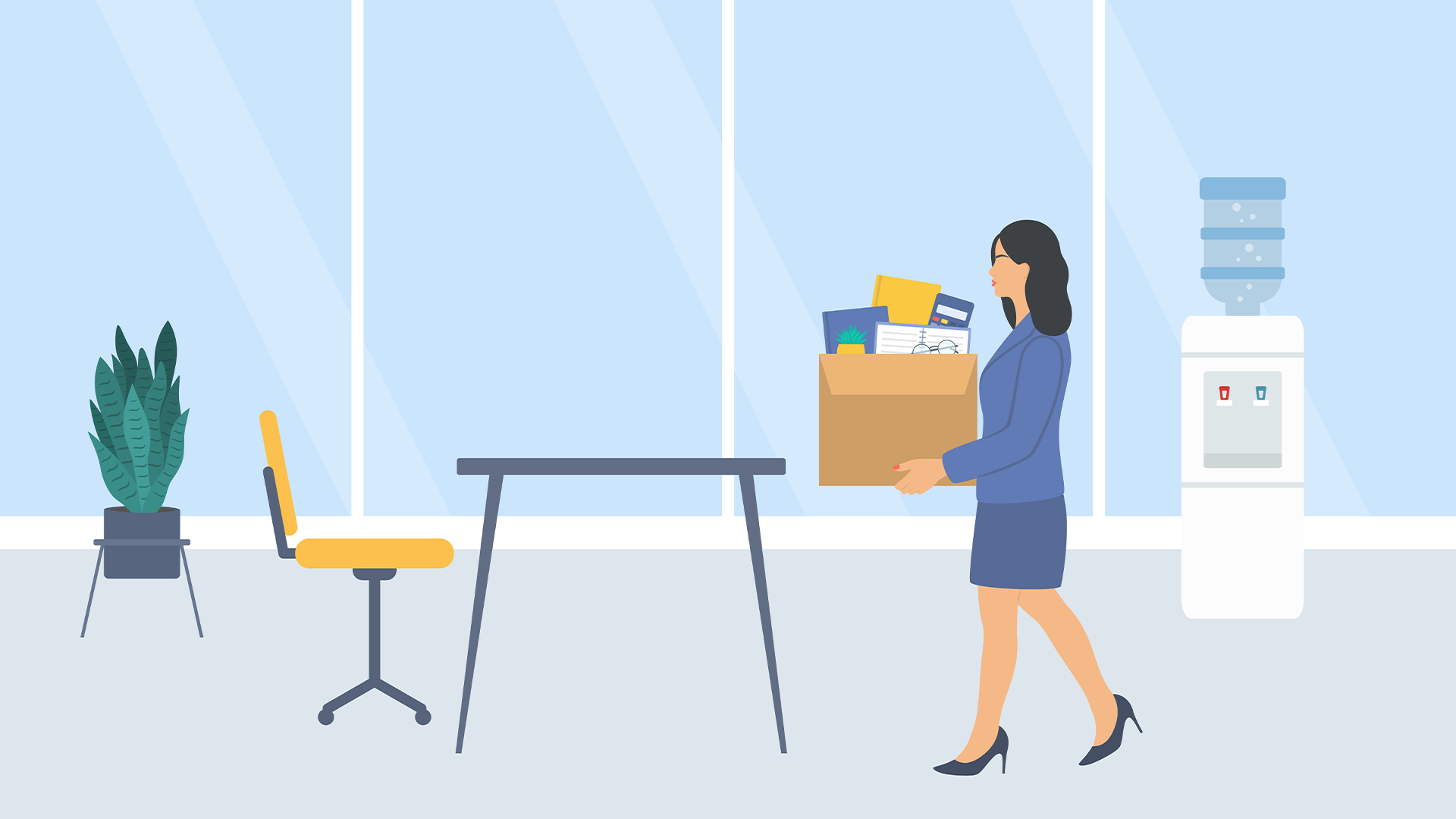 Nearly half of tech workers are seeking new roles – declining employee benefits and reduced flexible working options have staff looking elsewhere
Nearly half of tech workers are seeking new roles – declining employee benefits and reduced flexible working options have staff looking elsewhereNews While salaries are rising for tech workers, other benefits are in decline, leading to a fall in job satisfaction
By Emma Woollacott Published
-
 Untethered: How CIOs and CISOs are paving the way for the new hybrid workforce
Untethered: How CIOs and CISOs are paving the way for the new hybrid workforceWhitepaper Effective techniques to transition from exposed legacy infrastructure to an effective zero trust strategy
By ITPro Published
-
 Better together
Better togetherWhitepaper Achieve more with Windows 11 and Surface
By ITPro Published
-
 Transforming the enterprise
Transforming the enterpriseWhitepaper With Intel and CDW
By ITPro Published